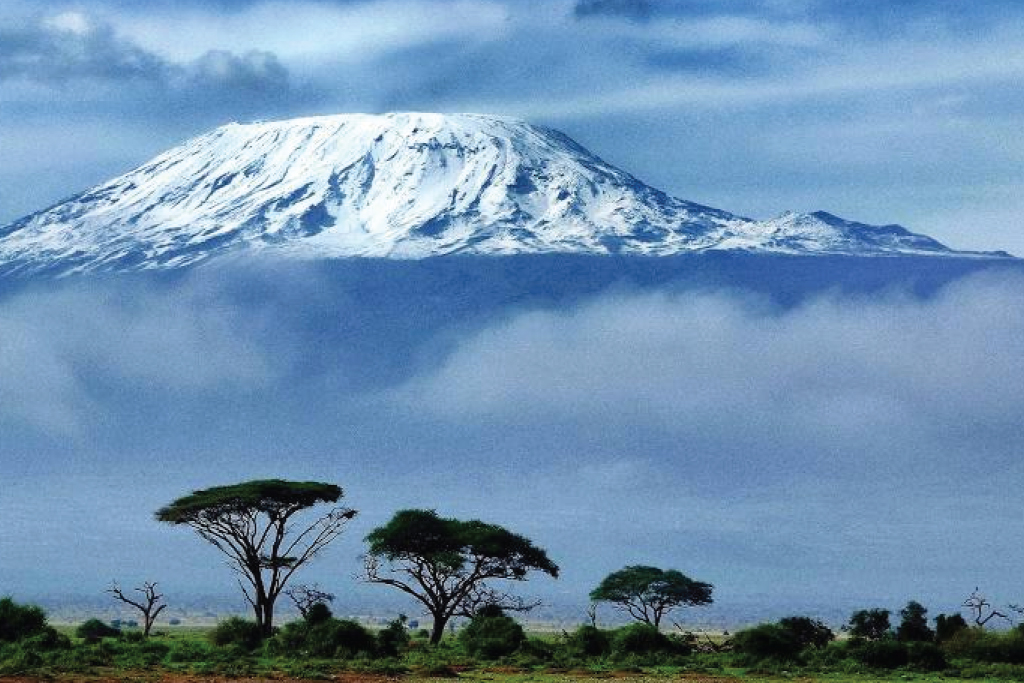#REEC2024 #EnergyEfficiency #SustainableFuture
Tourism Attractions
Tanzania is endowed with a variety of tourist attractions categorized into natural, cultural, and man-made resources. The country is the home to 22 National Parks: 24 Game Reserves; 27 Game Controlled Areas; 38 Wildlife Management Areas; 19 Nature Reserves; One Conservation Area; Three Ramsar Sites; more than 125 archaeological sites and historical sites; over 1,400 km of coastline with pristine beaches; three marine parks and 15 marine reserves; three Great Lakes; and the Spice Island of Zanzibar. For more details kindly visit www.tanzaniatourism.go.tz

Serengeti National Park
Serengeti National Park, in northern Tanzania, is known for its massive annual migration of wildebeest and zebra. Seeking new pasture, the herds move north from their breeding grounds in the grassy southern plains. Many cross the marshy western corridor’s crocodile-infested Grumeti River.

Saadani National Park
Saadani National Park is Tanzania's 13th national park and has an area of 1,062 km². It was officially gazetted in 2005 and is managed under the Tanzania National Parks Authority. The park is located in southeast Pangani District of Tanga Region and northeast Chalinze District of Pwani Region.

Mount Kilimanjaro
Mount Kilimanjaro is a dormant volcano in Tanzania. It is the highest mountain in Africa and the highest free-standing mountain above sea level in the world: 5,895 m (19,341 ft) above sea level and 4,900 m (16,100 ft) above its plateau base. It is also the highest volcano in the Eastern Hemisphere.

Ngorongoro Conservation Area
Ngorongoro Conservation Area, in northern Tanzania, features the vast Ngorongoro Crater and is home to the "big 5" game. Huge herds of wildebeests and zebras migrate across its plains. Livestock of the Maasai tribe graze alongside wild animals.

Selous Game Reserve
The Selous Game Reserve, now renamed as Nyerere National Park (in-part), is a protected nature reserve and wilderness area in southern Tanzania, East Africa. It covers a total area of 50,000 km2 (19,000 sq mi), with additional buffer zones, as well. It was designated a UNESCO World Heritage Site in 1982.

Pugu Kazimzumbwi Nature Forest Reserve
The reserve with 8,965 ha is the remnant of the oldest lowland Coastal Forests of Tanzania and is located at Kisarawe district about 20 kilometers Southwest of Dar Es Salaam. The proximity of the reserve to the city offer enormous recreation potentials to city dwellers and travelers awaiting for flights.

Amani Nature Forest Reserve (ANFR)
Located in Muheza and Korogwe Districts in Tanga Region. The Nature Reserve covers an area of 8,380 ha and it has tremendous ecological importance with the astonishing African violet flowers (Saintpaulia) which is believed to have a spiritual aspect (power of forgiveness) and cultural significance.

Zanzibar
Zanzibar is a Tanzanian archipelago off the coast of East Africa. On its main island, Unguja, familiarly called Zanzibar, is Stone Town, a historic trade center with Swahili and Islamic influences. Its winding lanes present minarets, carved doorways and 19th-century landmarks such as the House of Wonders.

Mafia Island
Mafia Island is part of Tanzania's Mafia Archipelago, in the Indian Ocean. Large swaths of the island's southern coastline and surrounding waters are protected by the Mafia Island Marine Park. Within the park are many coral reefs, home to wildlife such as whale sharks and sea turtles In the south.

Zanzibar Stone Town
Stonetown of Zanzibar, also known as Mji Mkongwe, is the old part of Zanzibar City, the main city of Zanzibar, in Tanzania. The newer portion of the city is known as Ng'ambo, Swahili for 'the other side'. Stone Town is located on the western coast of Unguja, the main island of the Zanzibar Archipelago

Bagamoyo Stone Town
Bagamoyo Historic Town or Bagamoyo Stone Town (Mji wa Kale wa Bagamoyo au Mji Mkongwe wa Bagamoyo, In Swahili), is the historic section of Bagamoyo town in Bagamoyo District of Pwani Region. Due to its historic significance spanning centuries and empires, Old Bagamoyo is a historic site.

Kilwa Ruins
The remains of two great East African ports admired by early European explorers are situated on two small islands near the coast. From the 13th to the 16th century, the merchants of Kilwa dealt in gold, silver, pearls, perfumes, Arabian crockery, Persian earthenware and Chinese porcelain.

Village Museum
Dar es Salaam's Village Museum showcases more than 45 houses from Tanzania's 120 tribes.It mainly aims to ensure that future generations can connect with their roots. “It's very important for people to visit African places, dance, and inquire about the Culture.
